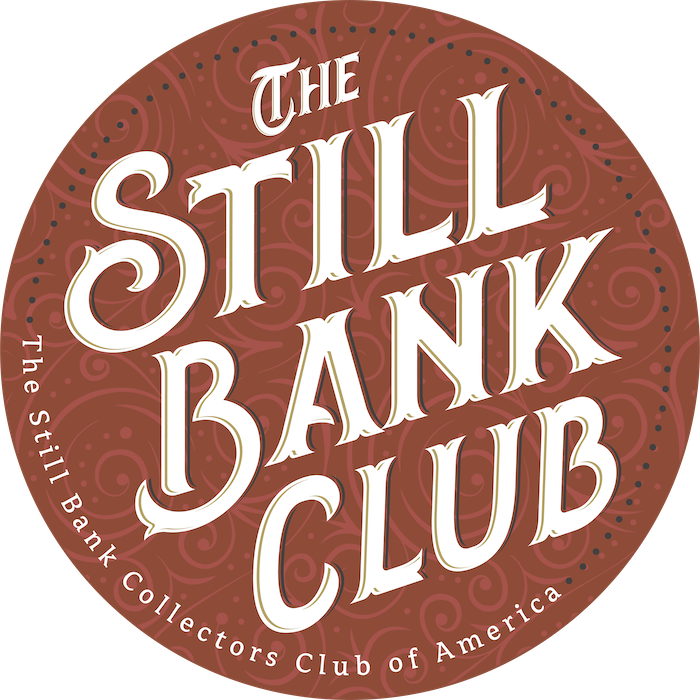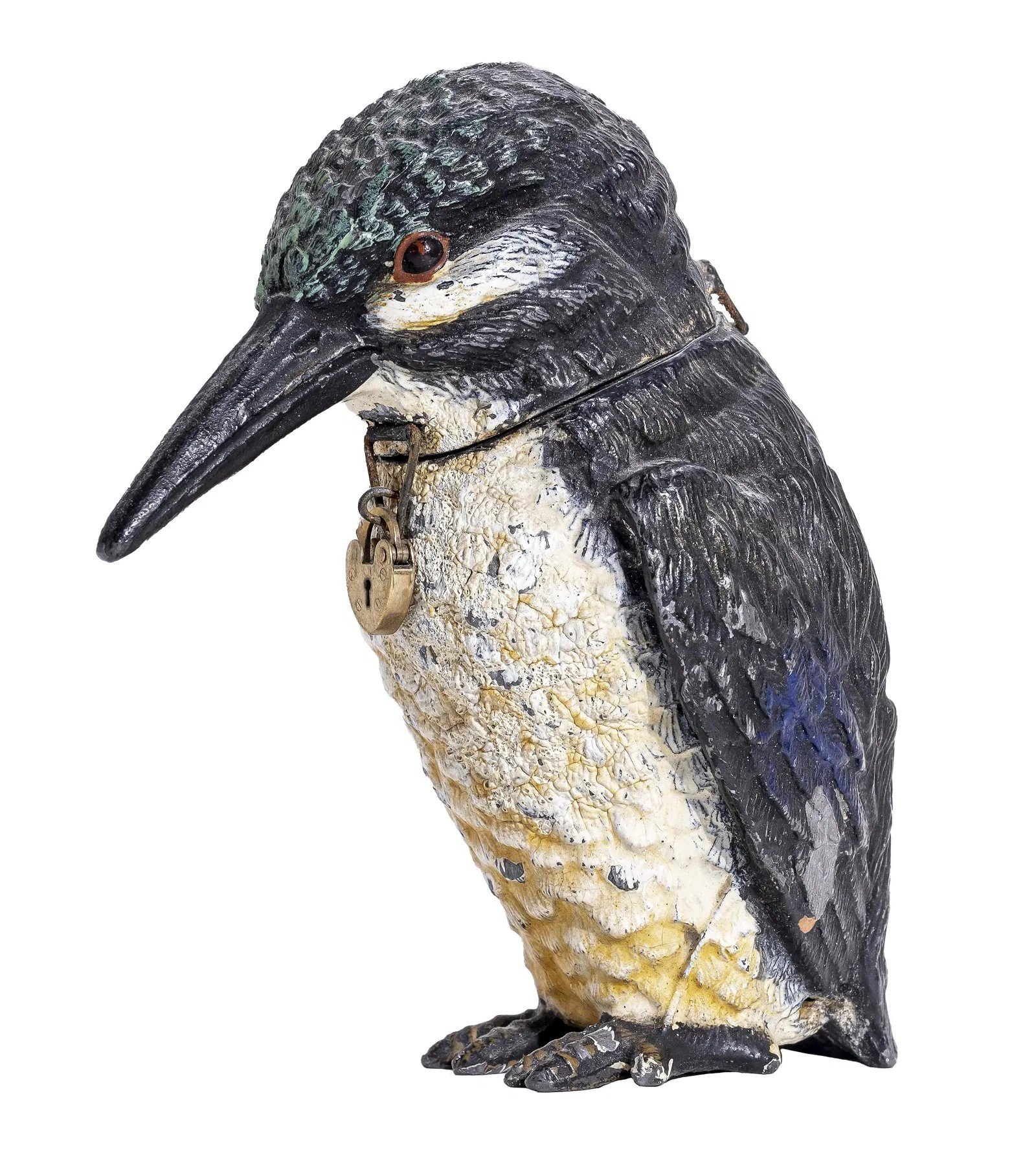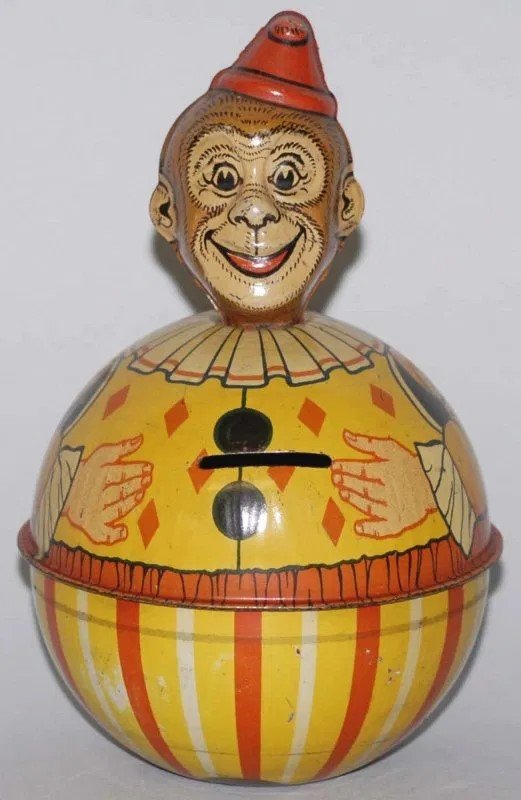What Are Still Banks?
Discover the Charm and History of Still Banks
A still bank is more than just a coin container—it’s a nostalgic symbol of American thrift and craftsmanship. Unlike mechanical banks, which feature moving parts and animated actions, still banks are simple yet beautifully designed objects with a single purpose: to encourage saving. Featuring a coin slot but no mechanical mechanism, these banks were produced in a stunning variety of forms, crafted from cast iron, ceramic, tin, celluloid, and wood.
The story of still banks in the United States is a fascinating journey through art, industry, and culture. Here’s a look at how they evolved—and why they continue to captivate collectors today:
1. Humble Beginnings (Mid-19th Century)
Still banks first appeared in the U.S. in the mid-1800s, as thrift became a cherished value—especially for children. Early versions were cast in iron and designed simply to hold coins, offering families a charming and practical way to teach young savers the importance of financial responsibility.
2. A Nation Falls in Love (Late 19th Century)
By the 1870s, still banks were booming in popularity, fueled by America’s industrial expansion. With improved casting techniques, manufacturers created imaginative designs—from animals and buildings to whimsical everyday objects. These affordable and decorative banks delighted children and adults alike. Renowned companies such as J. & E. Stevens and Hubley Manufacturing led the way, producing some of the most beloved designs still prized by collectors today.
3. Tools for Teaching, Toys for Play (Early 20th Century)
In the early 1900s, still banks became both educational tools and popular toys. Mass-produced in cast iron and tin, they reflected the cultural push for thrift and responsibility. Banks shaped like safes, pigs, eagles, and patriotic figures became common in American households, making saving money both fun and meaningful.
4. Changing Materials, Changing Times (Mid-20th Century)
As materials like plastic and tin replaced cast iron in the 1940s and 1950s, the golden era of still bank production began to fade. Although modern banks were cheaper to produce, they often lacked the charm and craftsmanship of earlier models.
5. Timeless Treasures (Late 20th Century to Today)
Today, vintage still banks are prized collectibles—treasured for their artistry, rarity, and historical significance. From intricately cast iron pieces to charming tinplate designs, these banks offer a unique glimpse into America’s past. Found in museums, antique shows, and private collections, they continue to enchant a new generation of collectors and history lovers.
Why Collect Still Banks?
Still banks aren’t just relics—they’re stories in miniature. Each piece captures the imagination, showcases the artistry of its era, and celebrates the timeless value of saving. Whether you’re a seasoned collector or just starting your journey, exploring the world of still banks is a rewarding experience that connects you to a proud tradition of American creativity and thrift.









